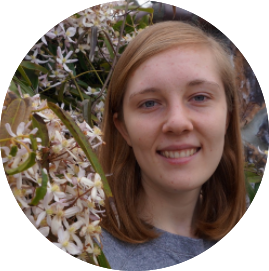

Our Textual Editing course gave our class the chance to learn about the history and practice of textual editing. However, it also gave us a far more rare opportunity to make decisions on our own by working together to create a digital edition of an old, rare, and out-of-print book. Our chosen text is an original edition of: the 1820 American Barbary captivity narrative titled An Authentic Narrative of the Shipwreck and Sufferings of Mrs. Eliza Bradley. Our goal was to create a finished edition available electronically to readers anywhere around the world, featuring pop-up annotations and accompanying digital paratexts that will guide readers to relevant information, context, and history informed by our research. As students in this course, we moved back and forth between building skills in literary and cultural research, to learning the computer coding skills necessary to build the digital edition, to studying the history and theory of textual editing. We worked in teams to do research as well as learn coding, and together, we brought the study of literature and writing together with the study of computing and coding. Meet the Team Philip DiBoise is a graduating senior majoring in History. While he grew up in the San Francisco Bay Area he has lived throughout the United States and South America. His primary area of contribution to the Critical Edition of the Bradley Narrative focused on world and political history throughout the 18th and 19th centuries.  Mary Fredericksen is a junior at Santa Clara University majoring in English. She was born and raised in West Sacramento California and plans on becoming involved in the publishing industry in her future endeavours. Mary was a part of the book history research team as well as a co-designer of the bibliography and about us pages of the website with her partner Andrea Modugno.  Kiara Kobayashi is a graduating senior majoring in English and minoring in Economics. While she was born and raised in Maui, Hawaii, she plans to stay in the Bay Area after graduation. Kiara was part of the Literary History and Criticism group, specifically researching and writing about the role of the female heroine in Barbary Captivity narratives. She also helped to design and code the “Table of Contents” and “Introduction” pages.  Quinn Mitruka is a junior at Santa Clara University majoring in English and minoring in public health science. She is from San Diego, California and plans to write in the healthcare industry after graduation. Quinn’s major contribution to the Eliza Bradley narrative was historical context; more specifically, the economic factors that influenced piracy as well as Americans’ reactions to hostage practices.  Andrea Modugno is a graduating senior double majoring in English and political science and has lived in the Silicon Valley her entire life. Her major contribution to the digitized edition of Bradley’s narrative was writing an introduction focusing on the mysteries surrounding the history of printing and publication of the narrative. She also co-designed the bibliography and about us page with her partner, Mary.  Jack Moore is a Junior studying English at Santa Clara University, originally from San Luis Obispo, California. His focus on the Eliza Bradley narrative was concerned with its place within the context of how slavery and abolitionism were addressed in the Barbary captivity narrative genre. He co-designed the the introduction and table of contents pages with his partners, Kiara and Esther.  Anneli Visnapuu is a first year student at Santa Clara University who is majoring in Environmental Science and grew up in the Bay Area. Her area of focus in the Bradley Narrative was religious history during the early 1800s, and how the religious sentiments of the time influenced the narrative's creation.  Esther Young is a Junior at Santa Clara University. She has lived in the Bay Area all her life and is currently studying English and Music, with a minor in international business. Her research consisted mostly of reading other American Barbary captivity narratives to understand the political arguments that are relayed in the text. Her major interests in this project included the role of human bodies as representations of these geographical zones. |